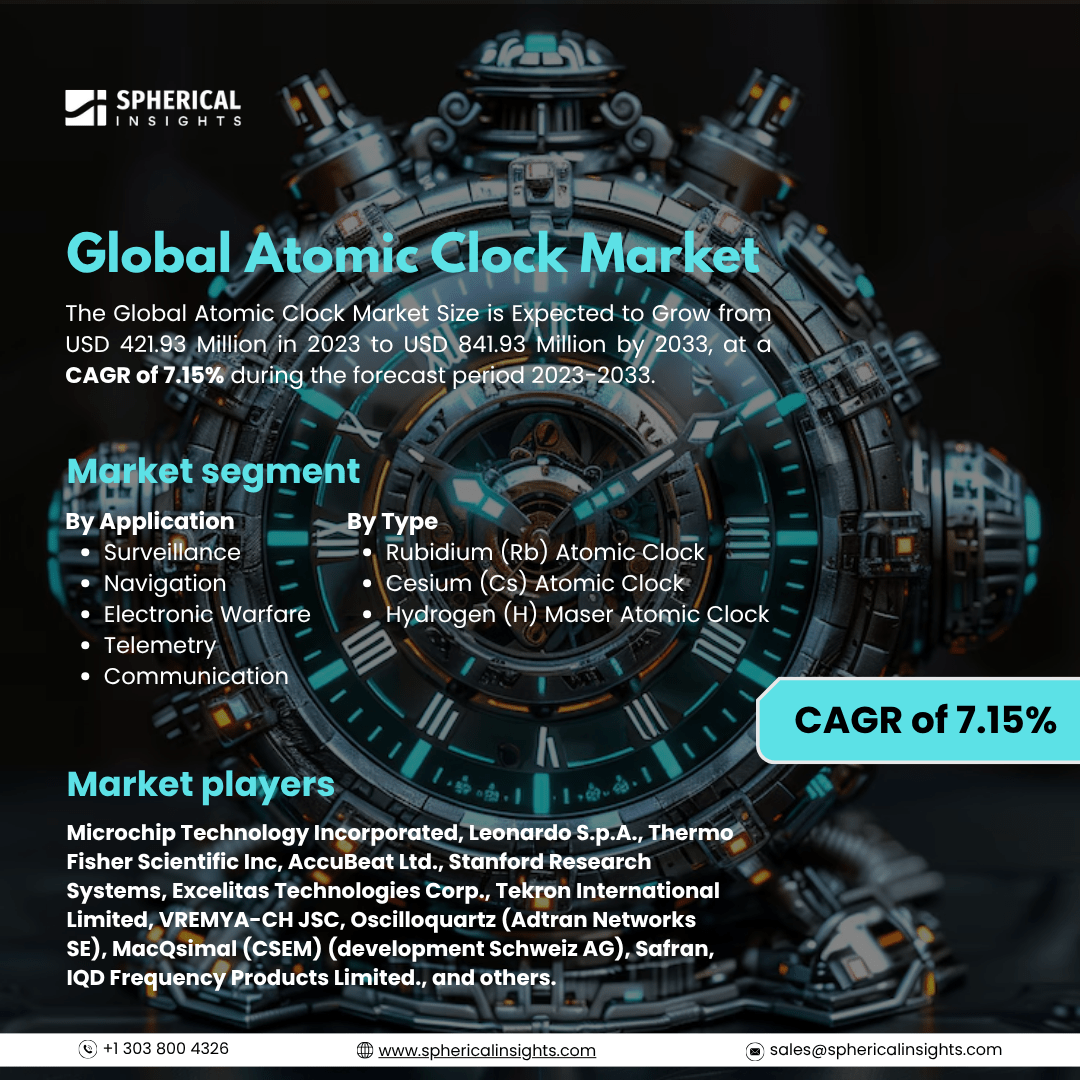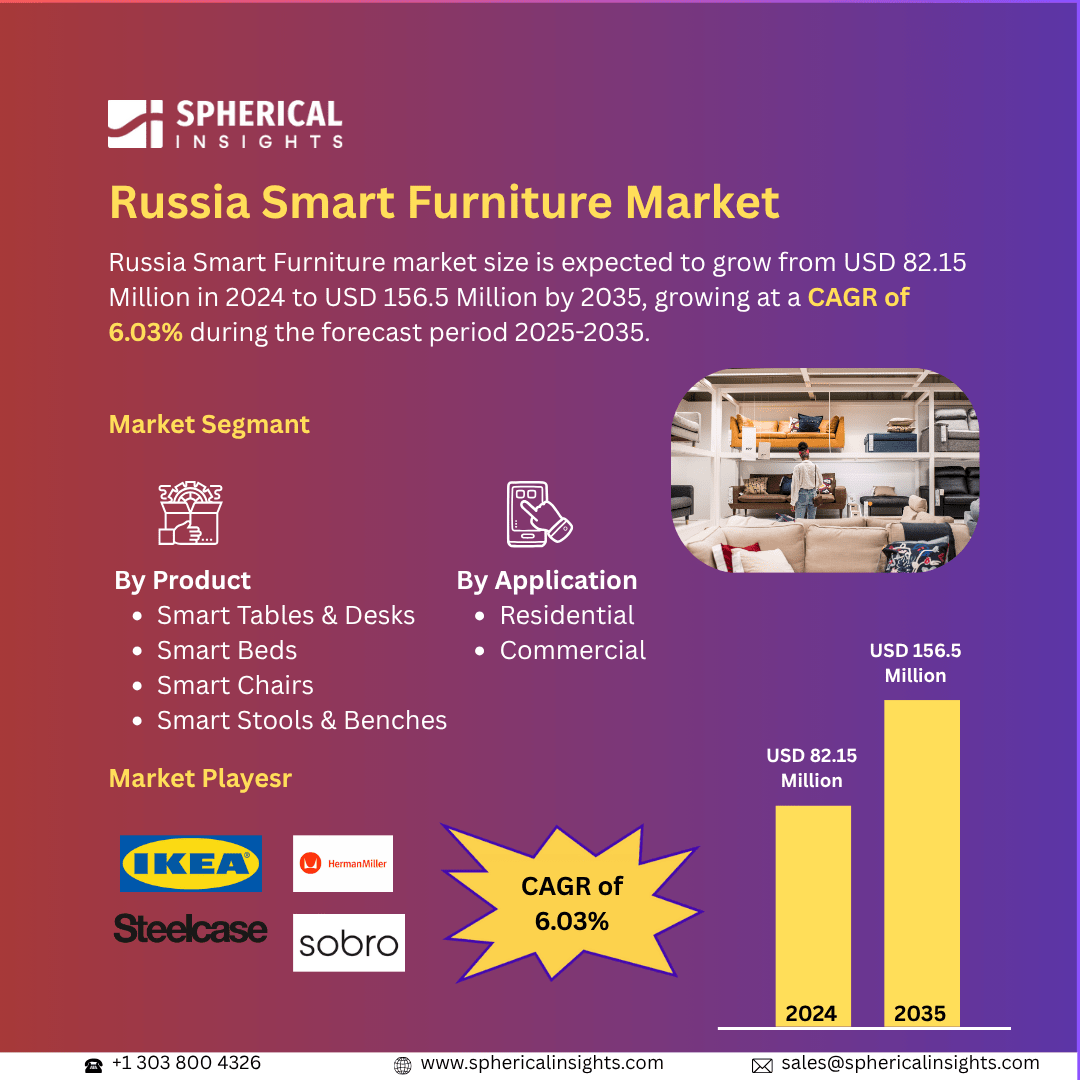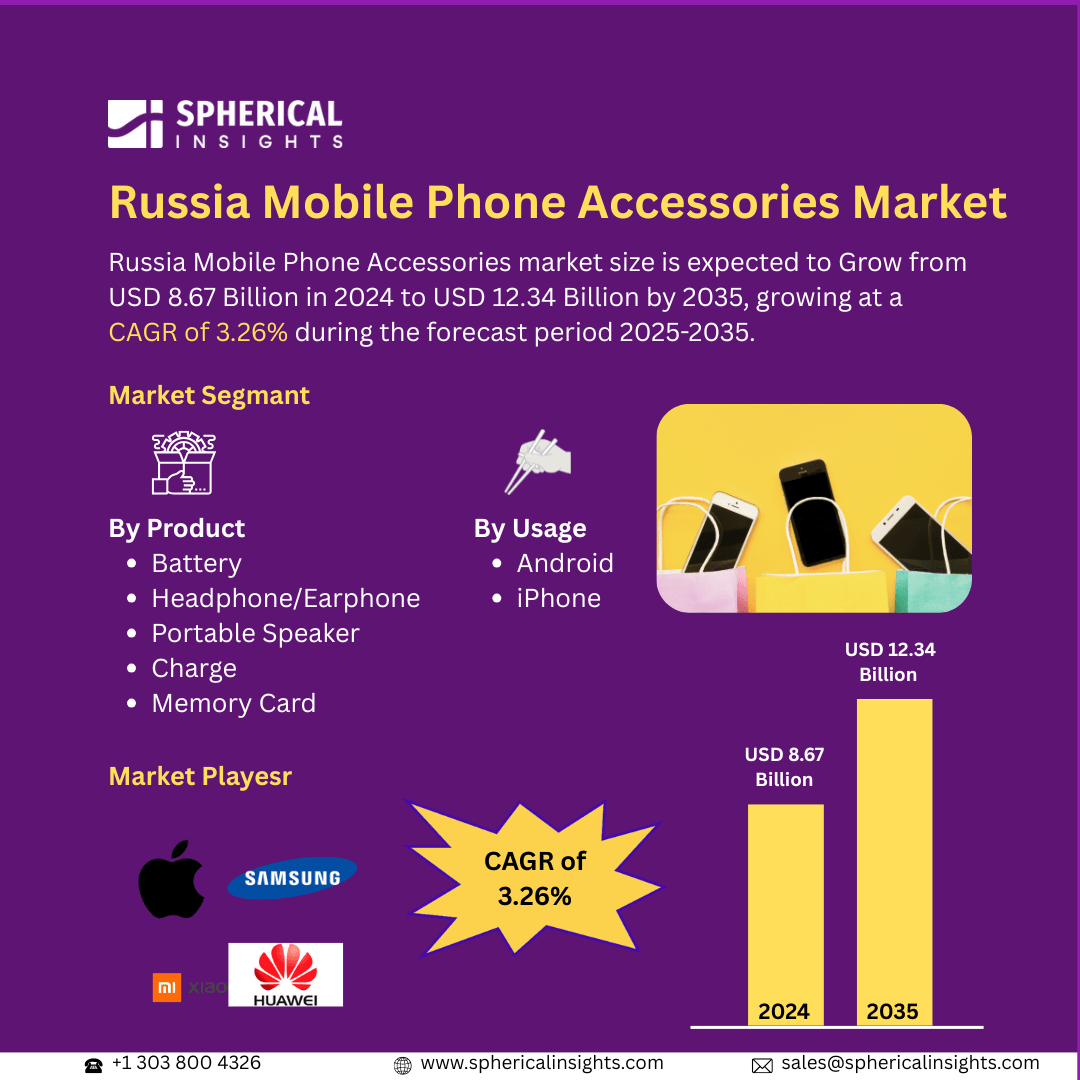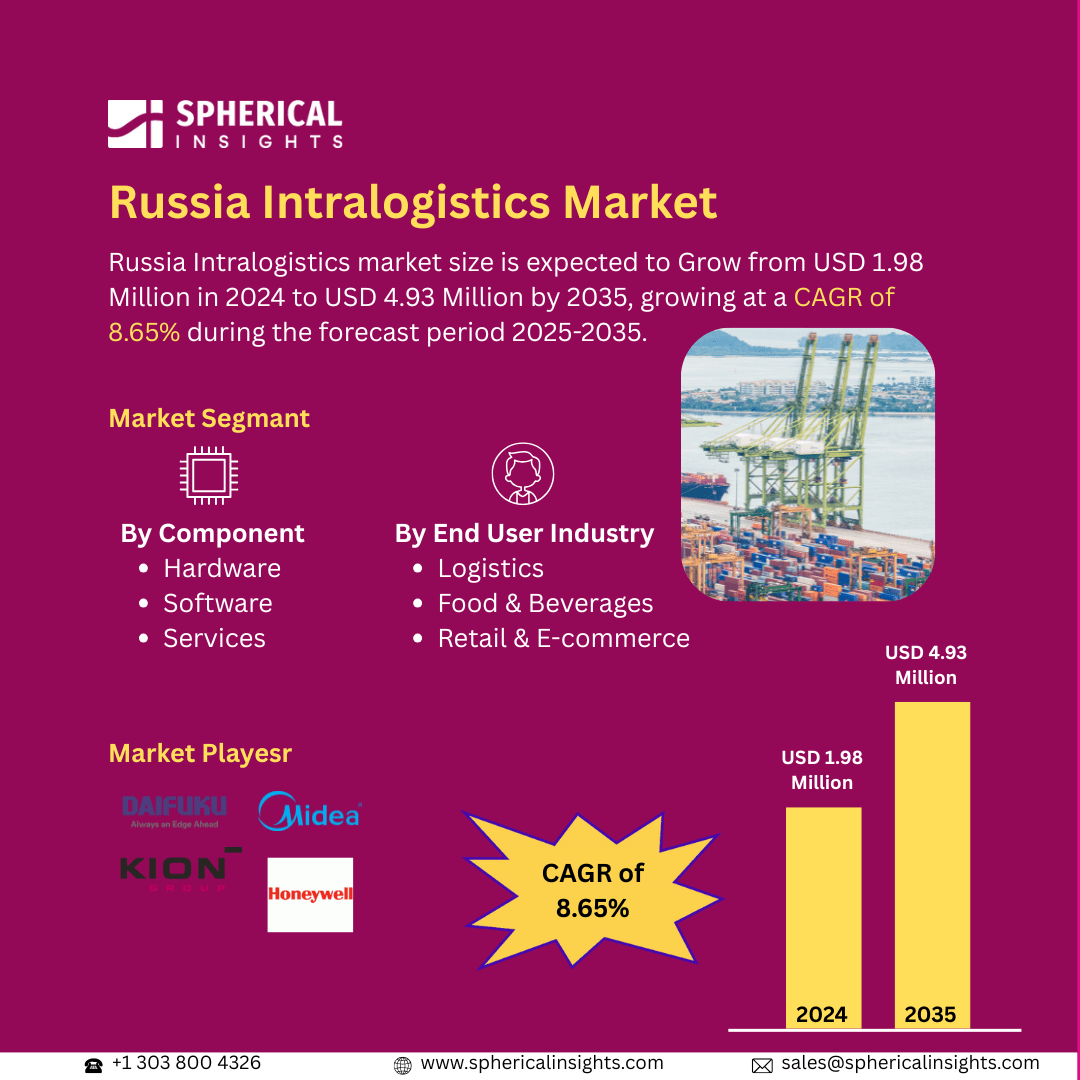Global Atomic Clock Market Size To Exceed USD 841.93 Million By 2033
According to a research report published by Spherical Insights & Consulting, The Global Atomic Clock Market Size is Expected to Grow from USD 421.93 Million in 2023 to USD 841.93 Million by 2033, at a CAGR of 7.15% during the forecast period 2023-2033.
Browse 210 market data Tables and 45 Figures spread through 190 Pages and in-depth TOC on The Global Atomic Clock Market Size, Share, and COVID-19 Impact Analysis, By Type (Rubidium (Rb) Atomic Clock, Cesium (Cs) Atomic Clock, and Hydrogen (H) Maser Atomic Clock), By Application (Surveillance, Navigation, Electronic Warfare, Telemetry, and Communication), and By Region (North America, Europe, Asia Pacific, Latin America, Middle East, and Africa), Analysis and Forecast 2023 – 2033.
The atomic clock market refers to the global industry involved in the development, manufacturing, and application of highly accurate timekeeping devices based on the principles of atomic physics. Atomic clocks use the vibrations of atoms, typically cesium or rubidium, to measure time with extreme precision, often down to nanoseconds or even smaller intervals. Moreover, the atomic clock market is driven by the increasing demand for precise timekeeping in applications like GPS systems, telecommunications, and scientific research. Advancements in satellite technology, space exploration, and national defense also contribute to market growth, as accurate timing is essential for navigation, synchronization, and communication systems worldwide. However, the atomic clock market faces restraints such as high development and maintenance costs, complex technology, limited commercial applications beyond specialized fields, and challenges in miniaturizing atomic clocks for broader consumer use.
The cesium (Cs) atomic clock segment accounted for the largest share of the global atomic clock market in 2023 and is anticipated to grow at a significant CAGR during the forecast period.
Based on type, the global atomic clock market is divided into rubidium (Rb) atomic clock, cesium (Cs) atomic clock, and hydrogen (H) maser atomic clock. Among these, the cesium (Cs) atomic clock segment accounted for the largest share of the global atomic clock market in 2023 and is anticipated to grow at a significant CAGR during the forecast period. This dominance is attributed to its unparalleled precision and accuracy, making it the standard for timekeeping in applications such as GPS systems, telecommunications, and scientific research. Cesium atomic clocks provide long-term stability with minimal frequency drift, ensuring reliable synchronization across various industries.
The navigation segment accounted for a substantial share of the global atomic clock market in 2023 and is anticipated to grow at a rapid pace during the projected period.
On the basis of the application, the global atomic clock market is divided into surveillance, navigation, electronic warfare, telemetry, and communication. Among these, the navigation segment accounted for a substantial share of the global atomic clock market in 2023 and is anticipated to grow rapidly during the projected period. This prominence is driven by the critical role of precise timing in Global Navigation Satellite Systems (GNSS), satellite-based navigation, and military positioning systems. Atomic clocks ensure synchronization and accuracy in navigation, which is vital for defense operations, autonomous vehicles, and space missions.
North America is projected to hold the largest share of the global atomic clock market over the projected period.
North America is projected to hold the largest share of the global atomic clock market over the projected period. This is driven by significant demand from the defense, telecommunications, and space sectors. The U.S. leads in the development and deployment of atomic clocks for GPS systems, electronic warfare, and satellite navigation, supported by strong technological infrastructure and government investments.
Europe is expected to grow at the fastest CAGR of the global atomic clock market during the projected period, with important contributions from nations such as the UK, Germany, and France. The demand in the region is fuelled by improvements in space research, defense systems, and telecommunication. High government support and the presence of premier research establishments also support market growth.
Company Profiling
Major vendors in the global atomic clock market are Microchip Technology Incorporated, Leonardo S.p.A., Thermo Fisher Scientific Inc, AccuBeat Ltd., Stanford Research Systems, Excelitas Technologies Corp., Tekron International Limited, VREMYA-CH JSC, Oscilloquartz (Adtran Networks SE), MacQsimal (CSEM) (development Schweiz AG), Safran, IQD Frequency Products Limited., and others.
Key Target Audience
- Market Players
- Investors
- End-users
- Government Authorities
- Consulting and Research Firm
- Venture capitalists
- Value-Added Resellers (VARs)
Recent Development
- In June 2023, Microchip Technology Inc. introduced the 5071B cesium atomic clock, which can maintain autonomous timekeeping for months in the event of GNSS failures.
Market Segment
This study forecasts revenue at global, regional, and country levels from 2023 to 2033. Spherical Insights has segmented the global atomic clock market based on the below-mentioned segments:
Global Atomic Clock Market, By Type
• Rubidium (Rb) Atomic Clock
• Cesium (Cs) Atomic Clock
• Hydrogen (H) Maser Atomic Clock
Global Atomic Clock Market, By Application
• Surveillance
• Navigation
• Electronic Warfare
• Telemetry
• Communication
Global Atomic Clock Market, By Regional
- North America
- Europe
- Germany
- UK
- France
- Italy
- Spain
- Russia
- Rest of Europe
- Asia Pacific
- China
- Japan
- India
- South Korea
- Australia
- Rest of Asia Pacific
- South America
- Brazil
- Argentina
- Rest of South America
- Middle East & Africa
- UAE
- Saudi Arabia
- Qatar
- South Africa
- Rest of the Middle East & Africa



